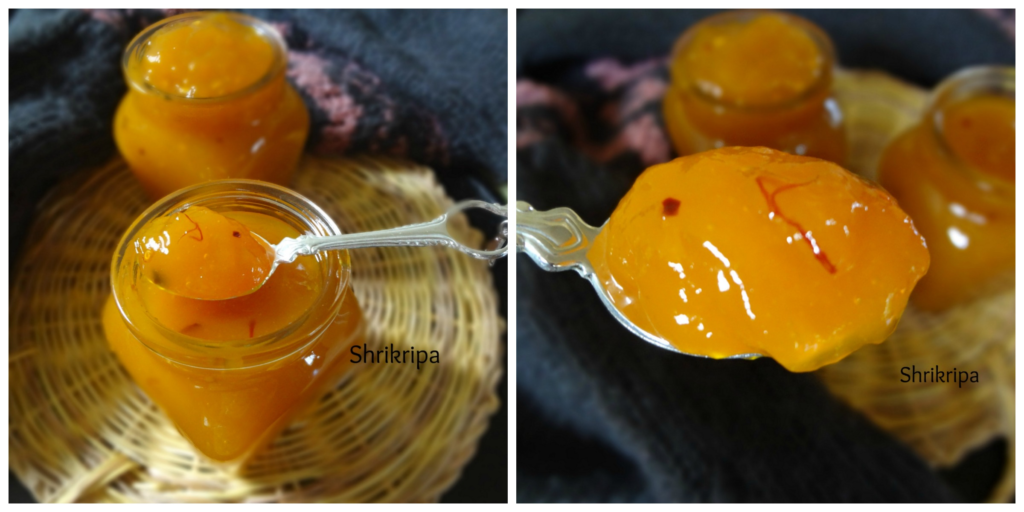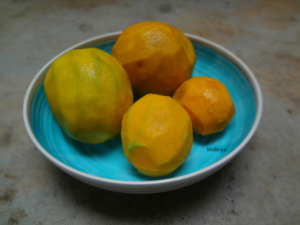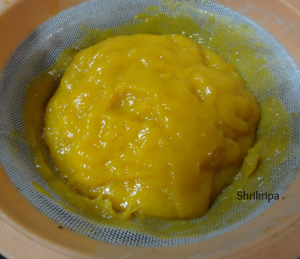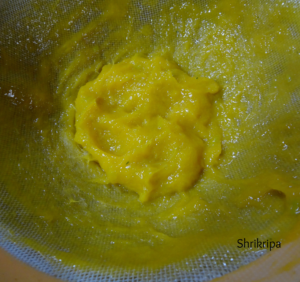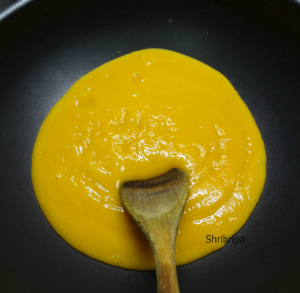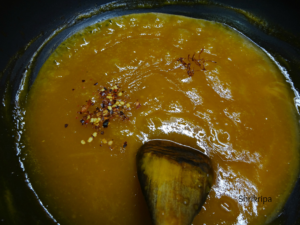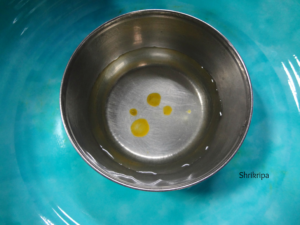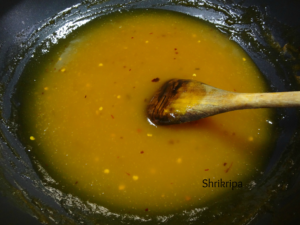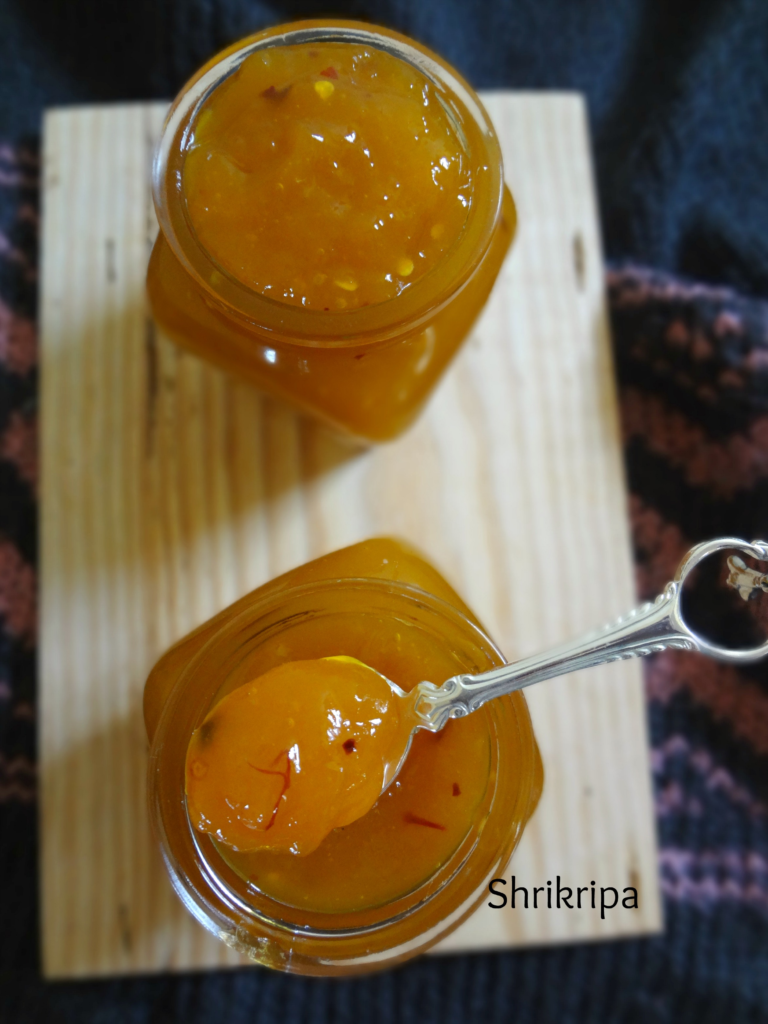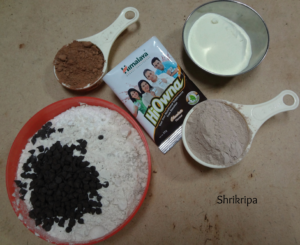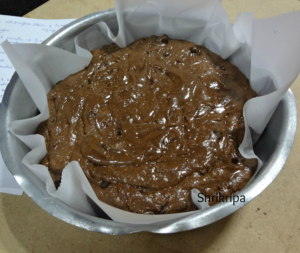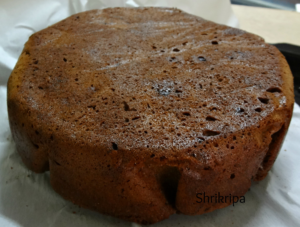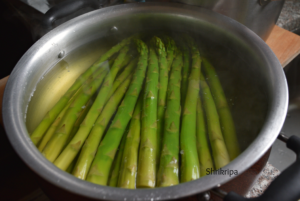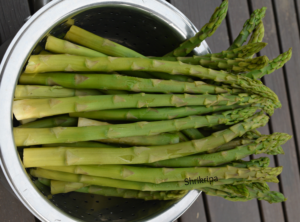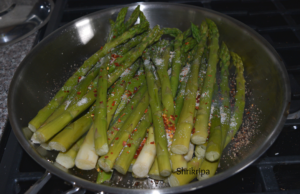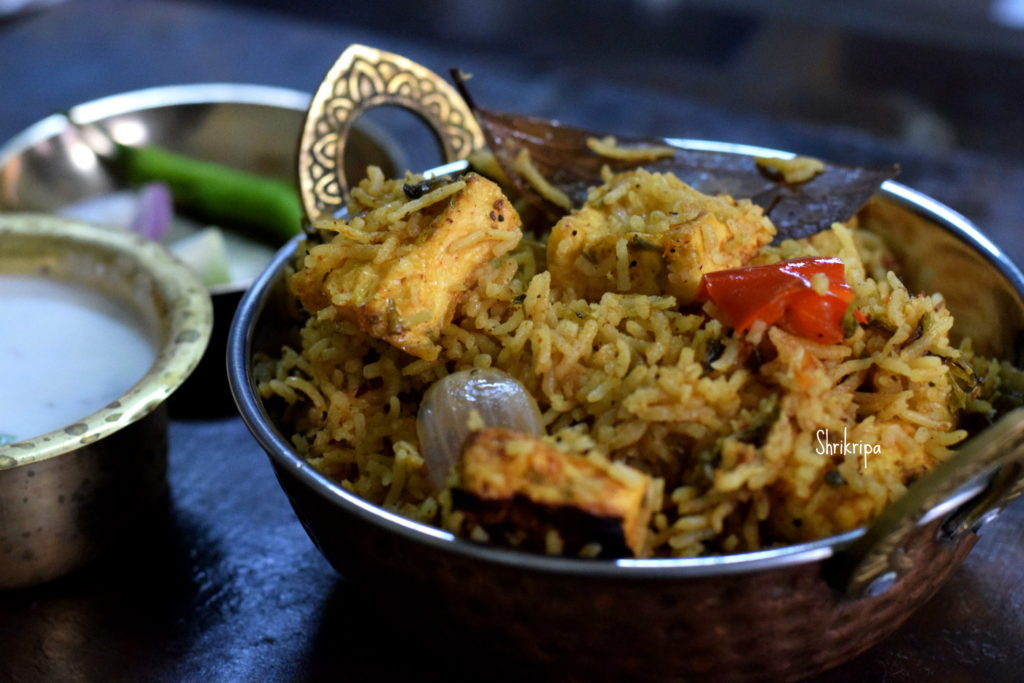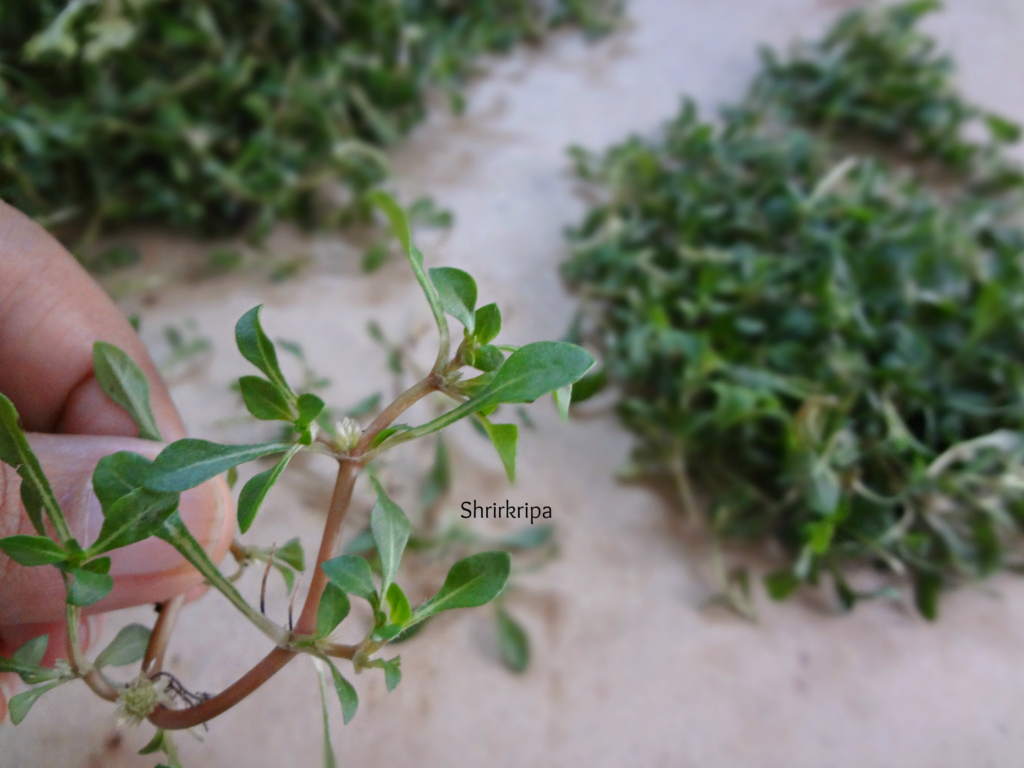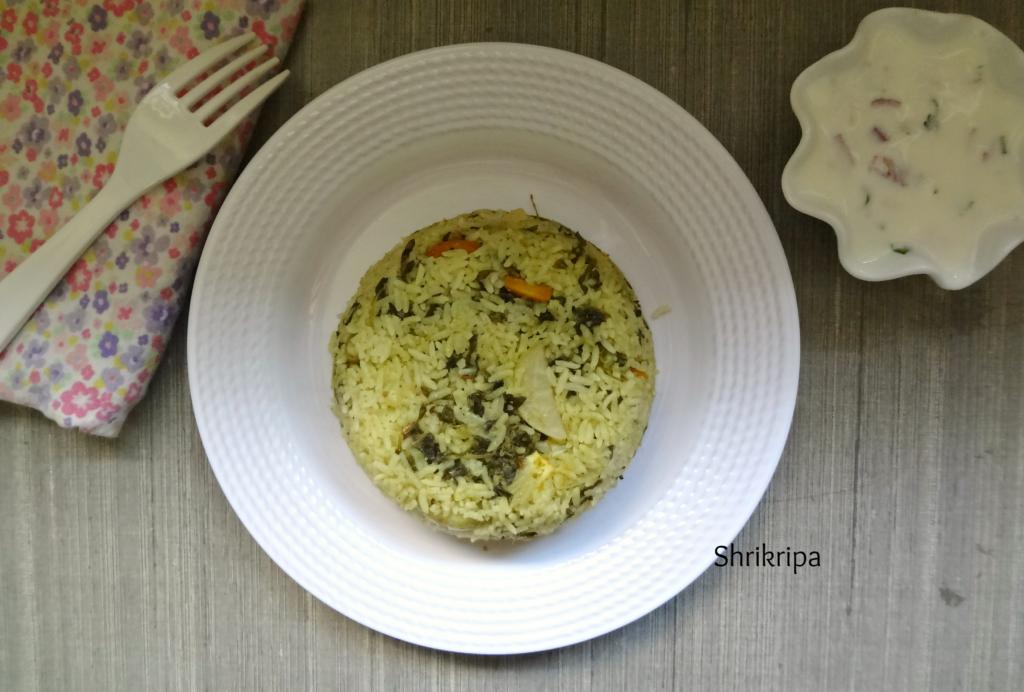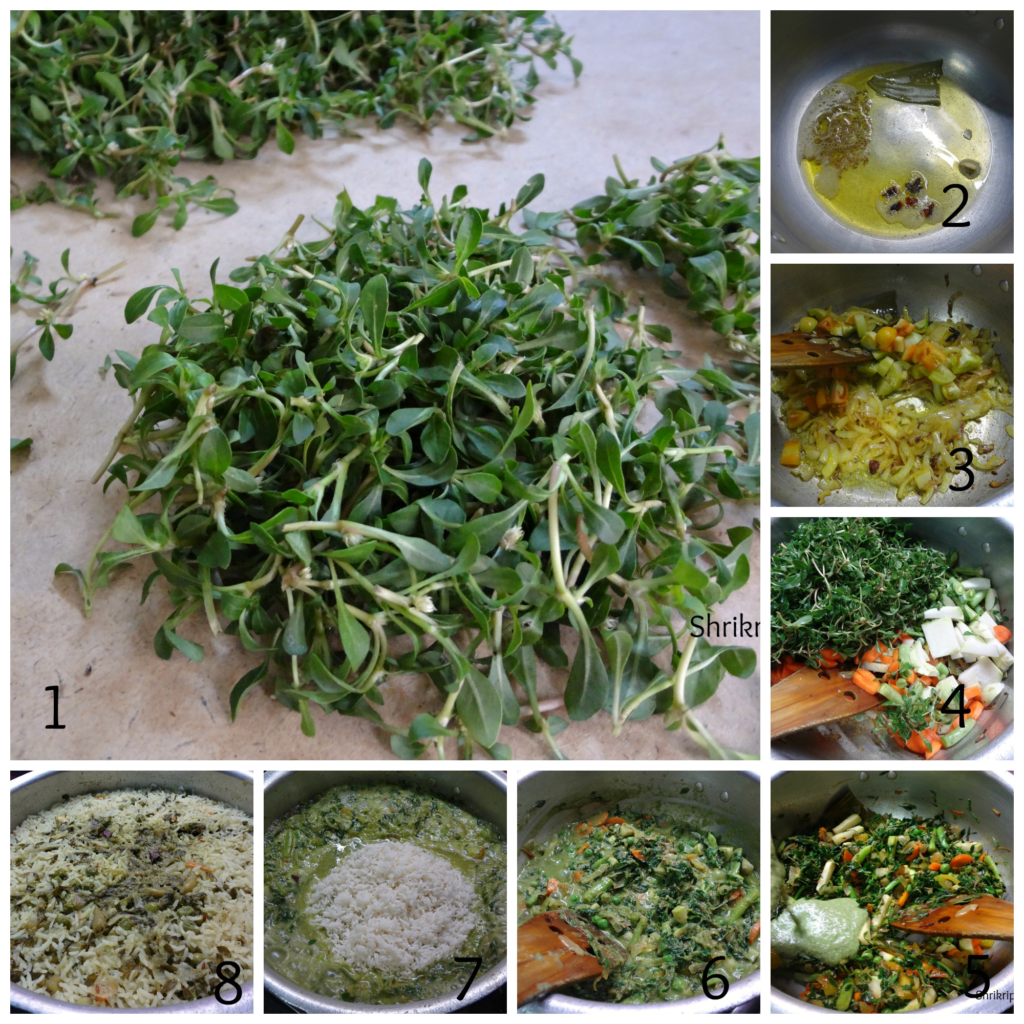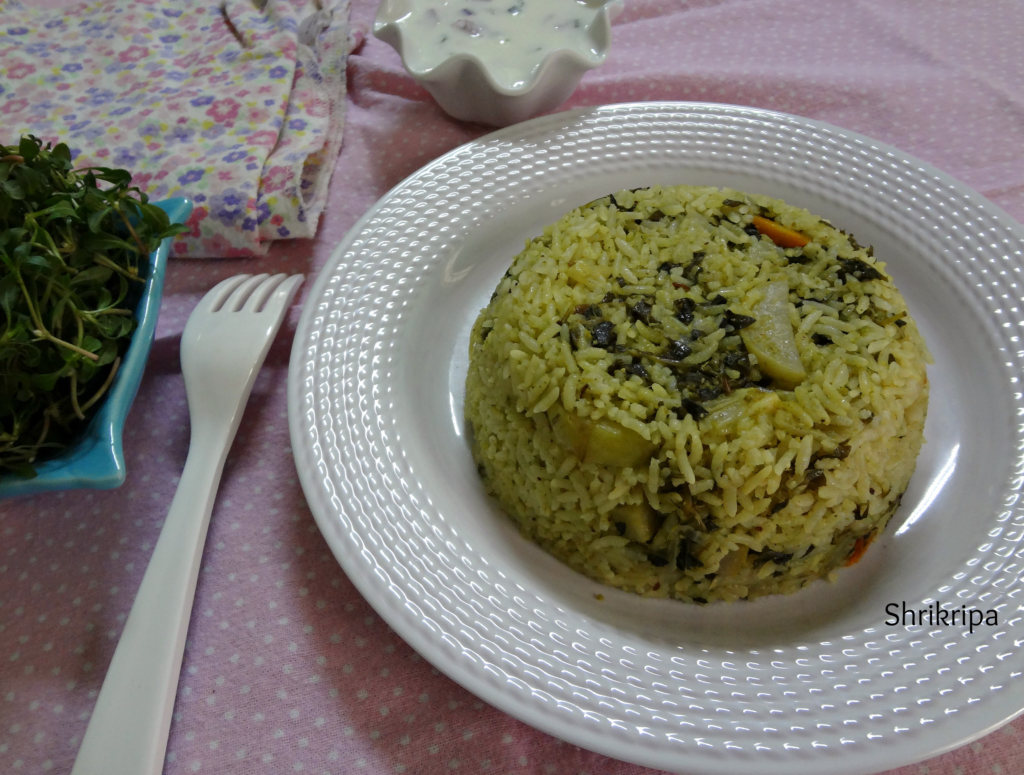Kanile or Bamboo shoots are a seasonal, hollow grass which is a young shoot of Bamboo and it is available in a very short period of rainy season. It has very distinct subtle, earthy flavour with crunchy texture while eating. It is considered as one of the health foods because of its high contents of dietary fibres,minerals and low in fat.

Preparing Bamboo shoot for cooking is little bit of a work.
Traditionally We follow 2 methods:
– One is Chopping and soaking in fresh water for 3 days by changing the water regularly every day and using.
– I personally don’t prefer this method, because it emits little odour of bamboo shoot and prepared curry will also contain that odour.
– I usually follow this second method, which I learnt from my father in law, who was super knowledgeable in all these traditional cooking procedures.
– At first take harvested Bamboo shoots which we get in hilly sides, some shops or in all Mangalore stores of Bangalore in this season.
– I usually buy my stock from the Mangalore store. After buying, remove outer tough layer, which is brown in colour by peeling one by one starting from the bottom.
– You can use your hand to peel the outer shell.
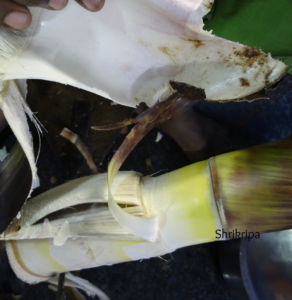
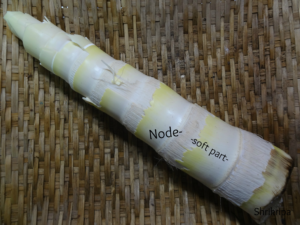
– After removing this outer woody shell, you will see only inner core which will be white in colour.
– This white inner layer will have 2 parts. One is soft edible part and in between nodes.
– Nodes will be thick, little sturdy and can be used in pickle making by adding lemons or mangoes.
–Now this is ready to chop. Take one vessel, which is filled with water and chop and immerse it in a water.
– You can either chop circular fashion or bit size pieces. It is up to one’s choice.
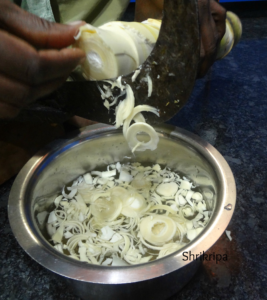
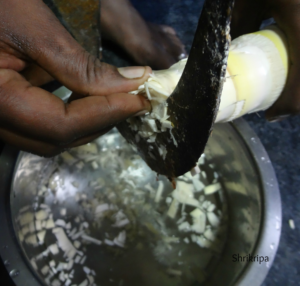
– Start to chop from top of the conical area, proceed until you find a hard node. When you feel the node (here nodes were thick from 5th onwards) discard the node by cutting that part and proceed the chopping.
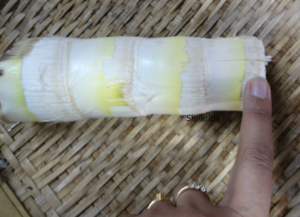

–Now Take all the chopped bamboo, sieve the immersed water and put fresh water and cook this in a cooker for one whistle.

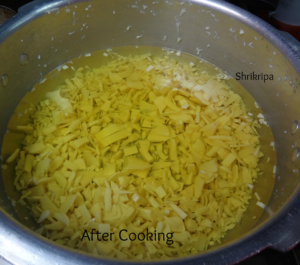
– When you open the cooker lid, you will see the water in yellow shade, discard this water by draining.
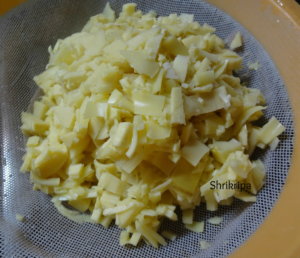
Now collect the cooked Bamboo shoot and it is ready to cook by removing its impurities and natural bitterness.Use it in whatever dish you want to make.
How to Use nodes in Pickle making –

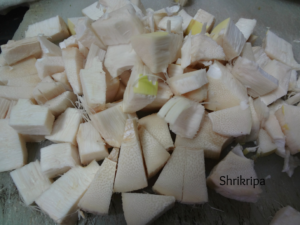
-Collect nodes, chop however you want and proceed with the above procedure as bamboo shoot. Cook in a pressure cooker with water and strain the yellow water, cool completely and use in pickle making.












